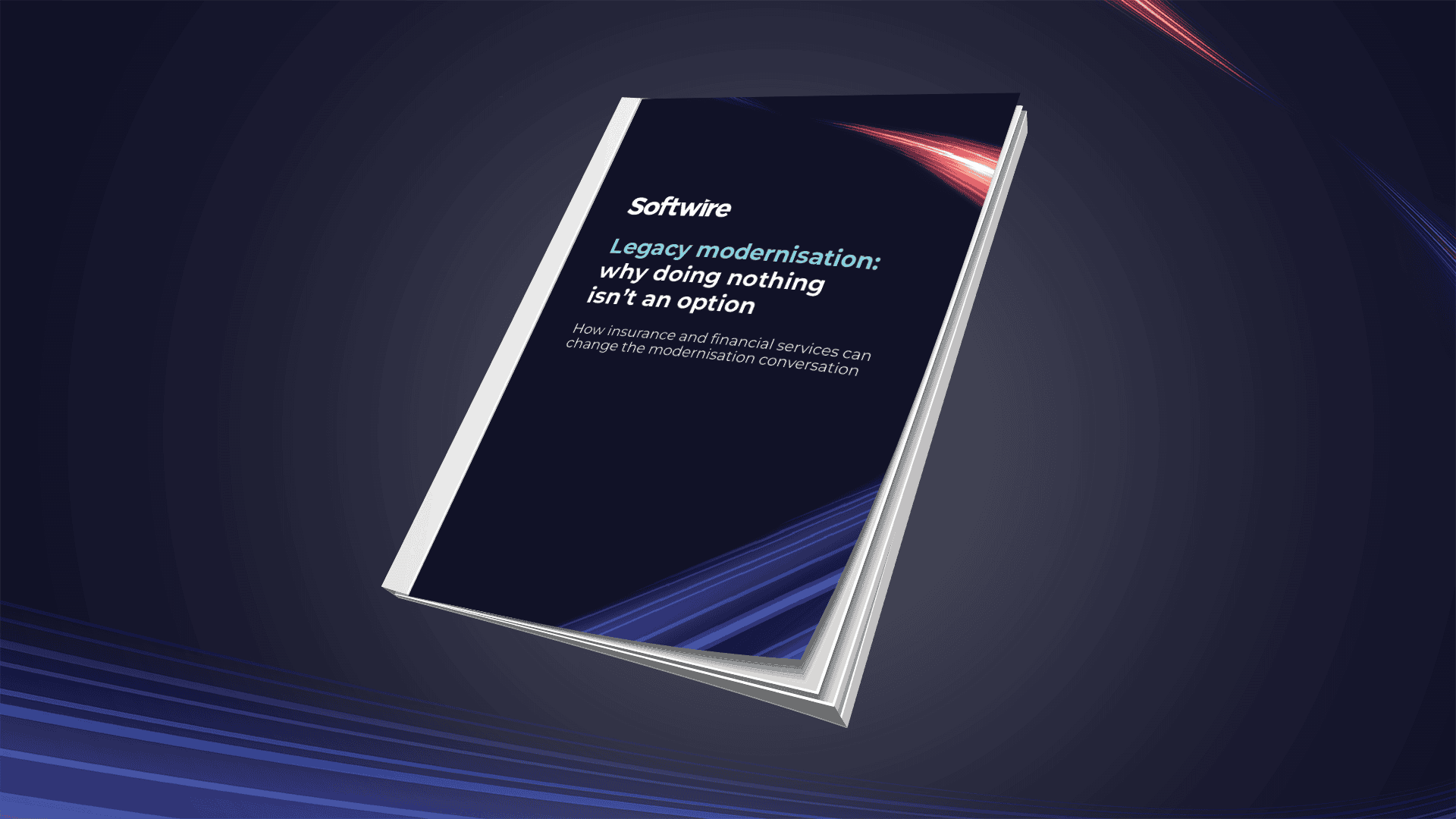
Artificial intelligence (AI) is no longer the stuff of science fiction. It’s here, and it’s changing lives, transforming customer experiences and streamlining business processes in completely new ways. If you haven’t already, have a look at our recent blog where we explore a variety of real-world AI examples.
As with any emerging technology, there are lots of questions flying around, not least about how to actually get started. With so many avenues available, it can be hard to know where to begin, the team you require, how to choose the right technologies and what else you need to think about.
To help you navigate your way to success, we’ve put together six steps to follow.
1. Start with the problem, not the solution
The great value from any technology comes when it’s used to address real-world opportunities or problems. And this is why, rather than starting out with a mindset of ‘I want to do something with AI’,
Where is there scope for growth? What new products and services would you like to offer? Where could you improve your customer journey to differentiate yourself or remove friction points? Where could you save money by optimising business processes? Where would you like to reduce risks?
By articulating both the opportunities and challenges your organisation faces – and knowing what today’s AI is capable of – you can start to identify where there’s an overlap.
Remember, though, that just because you can use AI for something, doesn’t necessarily mean it’s the best option. Look at other techniques as well, to assess whether they might be more suitable. Because ultimately, or making the most of an opportunity, rather than using technology for technology’s sake.
2. Be focused
As we discussed in our earlier blog, the strength of today’s AI is in helping you do very specific tasks more effectively. So be focused about how you use AI, clear on what your objectives are and limit the scope of each initiative, breaking larger aims down into smaller components, if necessary.
For example, we’ve been involved in a project where the client needed to extract data from large numbers of till receipts. Traditional computer algorithms weren’t suitable, so they had a team of people doing the work manually. Our aim was to test whether AI could do the work more quickly and at least as accurately as the humans. This objective (and its potential business impact) is straightforward to understand and results were easy to measure.
3. Assemble the right team
AI demands a broad range of skills that go beyond traditional software or . From the data scientist to the ethics specialist, getting the right people together is critical if your project is to succeed.
This is such an important area that we’ve written a separate blog about it, delving into all the roles and responsibilities.
4. Pick the right technology
Like with other areas of software, you can either build your own AI tools or use off-the-shelf products and cloud services.
Amazon, Google, Microsoft, IBM and others offer AI-related services that you can start using pretty much in an instant. This approach has all the advantages you’d expect when using off-the-shelf products, and is ideal if the opportunity you’re looking to address with AI is relatively straightforward.
If you’re looking to do something more complex, such as using multiple AI models or continually evolving your algorithm, then creating your own bespoke AI system is likely to yield better results. This is because it gives you the flexibility to build something that’s very precisely tailored to what you’re trying to do, so you won’t be attempting to bend someone else’s tool into shape.
That said, even if bespoke is the right approach, off-the-shelf tools represent a quick and cost-effective way to prototype different models and techniques during development. Those that are effective can then be taken forward with greater confidence as part of your bespoke work.
5. Prepare your data
The results of your AI initiative will only be as good as the data you use to train the algorithm. Rubbish in, rubbish out, as the saying goes. Make sure the training data is in good shape. Is it accurate? Is it complete? Is it timely? And is it unbiased?
This last point is a particularly important one to address.
Look at the ways you’re collecting, managing and using data now, and identify where this needs to be improved, to support any AI initiative.
While this may seem like a tall order, given how much data there is in any organisation, be focused. You don’t want to be throwing every last bit of data at your AI system during training. Pick data that’s relevant to what you want the system to do, and concentrate on preparing this subset. You can expand the remit later, if you need to.
6. Think bigger-picture and be consistent
Even though you’ll probably be starting small, the hope is that AI will spread through your organisation, touching a variety of business processes. Given this, it’s important to build with an eye on the future.
Get your CIO and/or CTO on board, so that AI forms part of the thinking when the management team is developing the top-level strategy.
Be consistent in how you use AI across different parts of the business, to avoid siloes and ensure data and technologies can be shared or connected, wherever this is useful. This may involve tweaking the way certain parts of the business collect data, or the specific information they capture. For example, you might need to add a field to a system used in one department to capture data required for an AI tool used in another
Lastly, think about growth – are the technologies you pick for your first AI system capable of scaling to meet future demand?
What next?
We hope this overview helps you crystallise what you need to do to proceed on your AI journey. And as we touched on above, it’s essential you have access to the right skills at the right times. It’s this we turn our attention to in our next blog.


